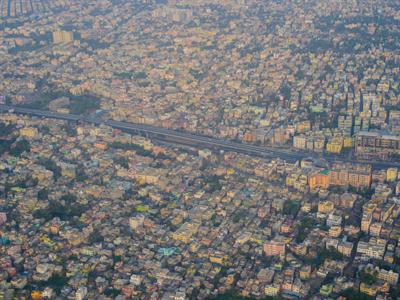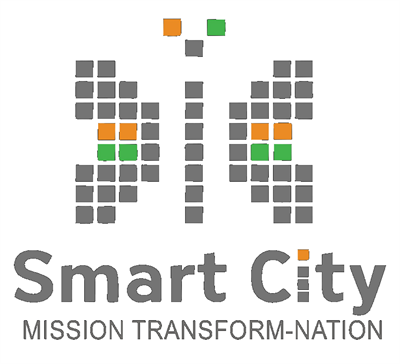
PUMPA - SMART LEARNING
எங்கள் ஆசிரியர்களுடன் 1-ஆன்-1 ஆலோசனை நேரத்தைப் பெறுங்கள். டாப்பர் ஆவதற்கு நாங்கள் பயிற்சி அளிப்போம்
Book Free DemoIn contrast to rural people, people in urban areas engage mostly in secondary and tertiary activities. Settlements in these areas are termed urban settlements. Depending on the available services, the size of the population functions rendered, and administration, urban centres are assigned as a town, city, megacity, conurbation, and megalopolis.
Town
The town is a general name for an urban place that satisfies a prescribed minimum population threshold. Based on the function a city serves, they can be classified into the following types:
- Administrative towns and cities
- Industrial towns
- Transport Cities
- Commercial towns
- Mining towns
- Garrison Cantonment towns
- Educational towns
- Religious and cultural towns, and
- Tourist towns
Population: More than \(5,000\)
City
Usually, a large urban place is termed a city. But, there are no strict definitions to separate it from a smaller town. It is a nucleated settlement with multifunctional character, established central business district.Population: More than 1,00,000
Megacity
A megacity is a very large city, and it can be a single metropolitan area.
Example:
Canton, Tokyo, Delhi, Mumbai are some of the examples of megacities.
Population: More than 10 million
Megalopolis
A cluster of well-networked cities is called a megalopolis. A word "megalopolis" is given for a large conurbation of two or more large cities whose total population exceeds ten million.
In India, Kolkata is the largest urban area which is a megalopolis. Gandhinagar, Surat, Vadodara, Rajput in Gujarat are the important megalopolis cities in India.
Example:
The region made up of cities between Boston and Washington D.C.

Aerial view of Kolkata
Conurbation
Urban areas like cities, large towns, and other urban regions expand through physical expansion, population growth, or urbanisation. On expansion, they merge to form one continuous urban or industrially developed area called conurbation.
Conurbation consists of a number of cities, large towns, and other urban areas.
Conurbation consists of a number of cities, large towns, and other urban areas.
Example:
West Midland in England, the Ruhr in Germany, Randstad in the Netherlands are an example of conurbations. Mumbai in Maharashtra, Gurgaon, Faridabad in Haryana, Noida in Uttar Pradesh are the conurbation cities of India.
Satellite town
A satellite town is designed to address the overpopulation problem in important metro cities. These cities house the excess population of the adjacent big city. But, they are situated well beyond the limits of the city, i.e. outside the rural-urban fringe. Most of the satellite cities in India are purely residential in character. Satellite towns occasionally present a look of twin towns such as Dehri and Dalmianager in Rohtas district of Bihar. They may be connected with roads.
Example:
Patna, Barauni, Varanasi and Hajipur.
Smart City
A smart city is an urban region, which is very much advanced in terms of infrastructure, real estate, communication, and market availability. India's first ten smart cities are Bhubaneshwar, Pune, Jaipur, Surat, Ludhiana, Kochi, Ahmedabad, Solapur, New Delhi and Udaipur. Tamil Nadu has 12 major cities to be transformed into smart cities. They are Tiruchirapalli, Tirunelveli, Dindigul, Thanjavur, Tiruppur, Salem, Vellore, Coimbatore, Madurai, Erode, Thoothukudi and Chennai.

Logo - Smart City Mission (India)